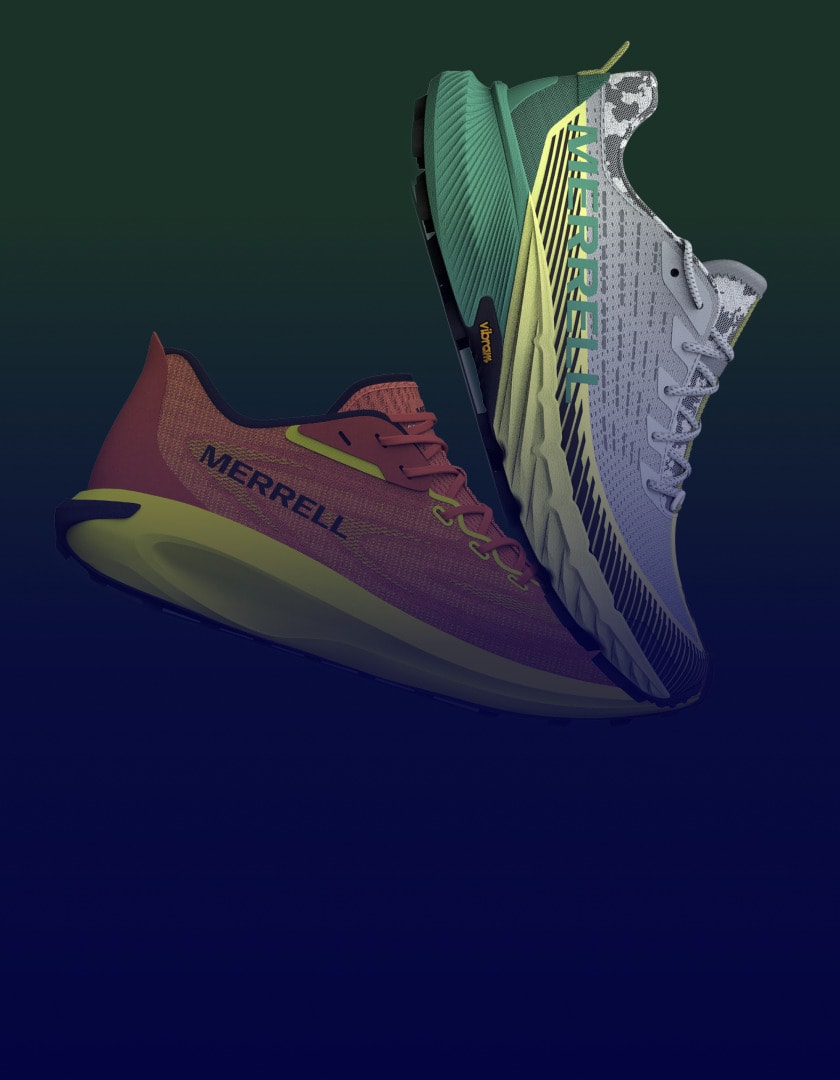When companies are launched and the first products are brought to market, it is common to rely on spreadsheets for product development and to manage the whole operation. But there are risks in depending on these tools for too long.
Disconnected and inefficient processes that use spreadsheets, e-mails and scattered files are unable to keep up with the fast-moving changes of a rapidly accelerating market. They prevent teams from understanding costs, what-iffing and tracking actual vs plan, nearly impossible.
Ciudadela has set the ambitious goal of doubling the number of products and revenue every year. This implies an increasing complexity and maturation of process, people and systems. It also means being more strategic, impactful and efficient when choosing products for development, while still offering the best possible value for consumers.
Passing Quality On From Generation to Generation
Founded in 1949, Ciudadela, part of the largest textile group in Argentina—TN&Platex Group—designs, develops, manufactures, and sells socks and underwear lines. They are vertically integrated from the moment the raw cotton leaves the field to the delivery of the finished product.
The family-owned company sells more than 800 items throughout Argentina and neighboring areas with an impressive 90% repurchase rate—9 out of 10 people who buy their products become returning customers. With Italian technology to increase the durability, absorption and protection of the products, quality is the brand’s main differential.

The Right Path Is Not Always the Obvious Way
A company’s growth almost always takes a bumpy path as scaling up usually results in an increase in the complexity of products offered, teams, suppliers, markets and more.
It was no different in Ciudadela’s case confirms Lucas Karagozian, Director of Strategy at Ciudadela. “We started to diversify, therefore our product structure became quite complex. We began offering direct-to-consumer through our website, we entered different B2B distribution channels and we manufacture for other brands. So, because of all this complexity and the growing number of products, we went from ‘one person and everything in one spreadsheet’ to ‘many people with many spreadsheets’ coordinated through many emails and WhatsApp messages. That started to become a very big barrier to our development potential.”
In addition, the brand also faced other difficulties. He explains, “There is also another factor for us: our factories are based in the countryside and our design headquarters are in Buenos Aires, so we work remotely to keep the whole team aligned. At times we would have 10 different versions of information on the same product, which used to happen a lot. Since there was a lack of the right tools in our work environment, the conditions were not favorable either.“
According to economist Diana Mondino, the Argentine population suffered 94.8% record inflation in 2022. But those who think this would be a reason to put the brakes on investing in technology are mistaken.
Karagozian says, “It’s like what happens with marketing. Sometimes in moments of crisis, some companies invest less in marketing because they have to cut costs across the board, when in fact, counterintuitively, they should invest more to gain market share.”
In order to grow but also to maintain business during these conditions, controlling product costs and having the flexibility to guarantee product margins becomes indispensable, as Karagozian states, “All this cost management was turning out to be very, very difficult with thousands of different spreadsheets. Not collaborative at all. Without the modern tools that are on the market, we anticipated that it would become an even bigger problem if we continued as we were.”
It's like what happens with marketing. Sometimes in moments of crisis, some companies invest less in marketing because they have to cut costs across the board, when in fact, counterintuitively, they should invest more to gain market share.
Aligned Mindset
Having cutting-edge technology that connects all products, people and processes in real-time on a single cloud platform may seem too sophisticated for emerging companies, but that is precisely the digital transformation mindset needed to enable growth.
“We must understand that digital transformation is not just for large corporations. Especially with the recent incorporation of the remote and hybrid working model, remote collaboration tools become even more indispensable for business growth. As we aim to maintain this large-scale expansion, we needed complete digitalization of our product development process. We believe that having PLM as the foundation of our digital architecture is a fully strategic project that will allow us to meet our goals, keep our information organized, up-to-date, and accessible, as well as providing our teams with a more streamlined and stable process,” says Karagozian.
Based on the experience of the digital transformation of more than 700 companies, Centric Software®, the leading Product Lifecycle Management (PLM) technology company in the fashion and retail industry, has always emphasized that for a successful PLM implementation to happen there must be top-down adoption, from the board of directors to staff.
This was not a problem for the Argentinian company. “In this case, fortunately, I didn’t have to fight so much internally because in our group, all the directors and staff, at all levels of the organization have a very clear directive: ‘We either digitalize, or we stop growing.’ There is no other option. The only variable is speed, but the direction is non-negotiable,” comments Karagozian.
When growing companies like Ciudadela need to invest in technology, they are faced with the question, “Which kind of technology should we start with?” While some companies decide to start with ERP, Ciudadela was right in its decision to start with PLM.
Karagozian states, “It’s true that PLM was the first of the tools. It wasn’t fully planned, but it was the right transition. I recommend it to those who are starting down this path because if we didn’t have PLM implemented and we wanted to change our ERP or CRM, we wouldn’t have a healthy company’s core asset information, which for me is the product.”
“It’s true that PLM was the first of the tools. It wasn’t fully planned, but it was the right transition. I recommend it to those who are starting down this path because if we didn’t have PLM implemented and we wanted to change our ERP or CRM, we wouldn’t have a healthy company’s core asset information, which for me is the product.”
The Right Choice for Everyone
In order to bring high user adoption, reduce implementation costs and ensure full use of the platform, the company decided to employ a democratic selection process in the search for a digital solution. The result was unanimous: all designers, product developers, and planning specialists chose Centric PLM®.
“Because it looks similar to Microsoft Excel and can connect with Adobe Illustrator, potential users found it very familiar, that’s what ultimately determined the result. I believe there will be a ‘before and after’ aspect within our company. Besides helping us to be more efficient and dynamic, [Centric PLM] will allow us to decentralize authority and decision-making power within the structure. By having total visibility throughout the process and being able to move bottlenecks forward, strategic alignment will be guaranteed,” says Karagozian.
The board followed the team’s decision. “Perhaps for a more corporate-like company, I would have to convince many internal levels of people, but the reality is that they were very happy with the decision,” says Karagozian. “We worked very well with Centric during the entire pre-sales process. The Centric team gave good guidance and advice along the way, which is also why we chose Centric.”

Results and Future Plans
Product quality assurance, better remote collaboration between teams and suppliers, less raw material waste for a much more sustainable process, optimization of talent and intellectual capital, and having product data readily available to quickly and consistently feed digital sales channels—these are some ROIs companies see when implementing Centric PLM. Ciudadela was no exception.
Excited about the first results of the digital transformation, Karagozian lists the benefits of Centric PLM. “First of all, being able to have a complete view in a dashboard of what we are producing. Having that complete, democratized view, where everyone can see what we are going to offer to the market is an immense benefit. What I also really like is being able to track the product lifecycle and knowing if we are behind schedule or not. This online tracking feature allows us to be more predictive and make better decisions.
“Today, Centric PLM allows us to be much more dynamic, agile and focused, but also open to change, because there is no drama of having to notify a hundred thousand people by email or announcement. Operating online and facilitating collaboration is a great benefit of this tool. And lastly, having the data in a more accessible and more accurate form of the products to map costs and update them, to truly understand what we should produce or not; to have the sourcing information updated automatically.”
Karagozian concludes, “This digital transformation is not our only development plan. Centric is a very important strategic partner in this new phase of Ciudadela, but it won’t be the only one. Our long term plan is that Centric, another tool we are considering for the production stage, and CRM will support each other in a way that we can use the sales data, and the changes in market trends, to improve our product and vice versa. In addition, Centric is modular and has external integrations, which is indispensable. We are ambitious, and we want to add more and more functionalities from Centric’s solutions.”
New to Centric PLM? Learn more
Centric AI Fashion Inspiration Learn more
What is Centric Planning? Learn more
Demand Planning Learn more
What is Centric Pricing & Inventory? Learn more
What is Centric Market Intelligence? Learn more
Centric Visual Boards Learn more














